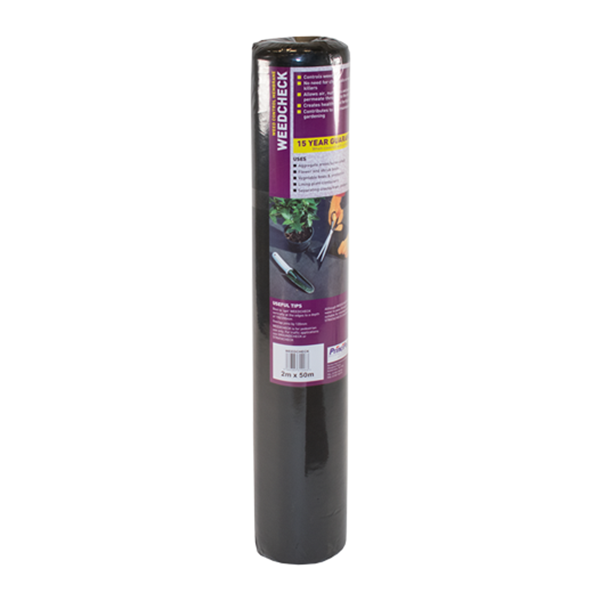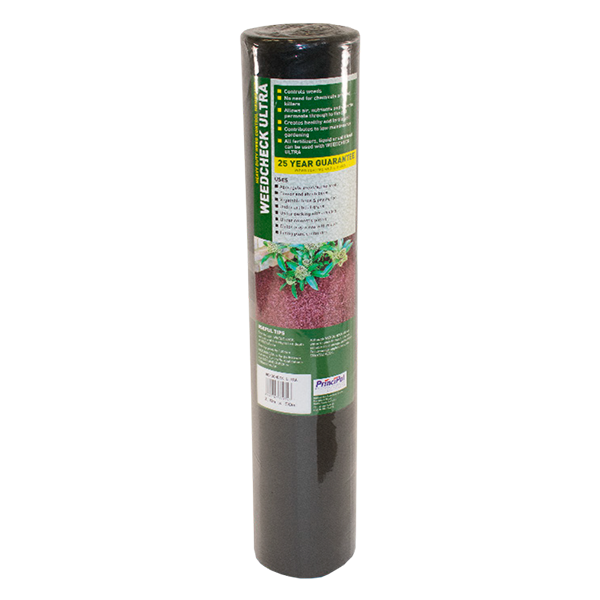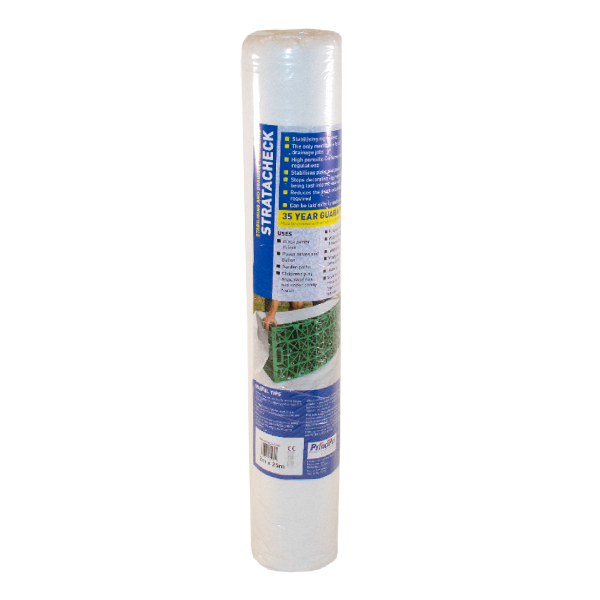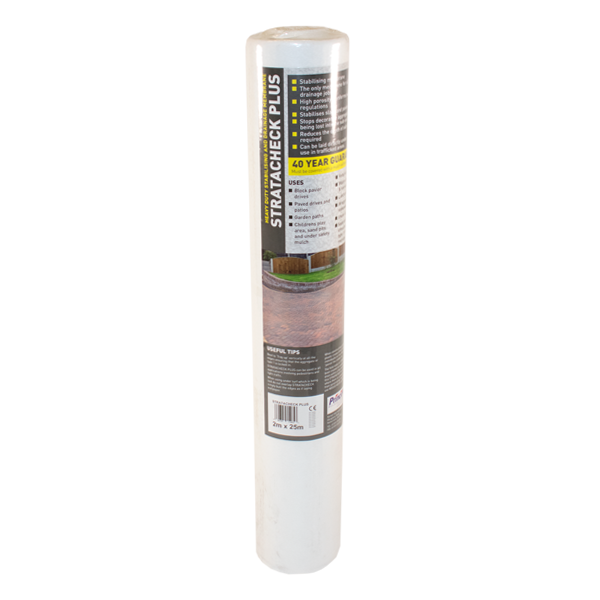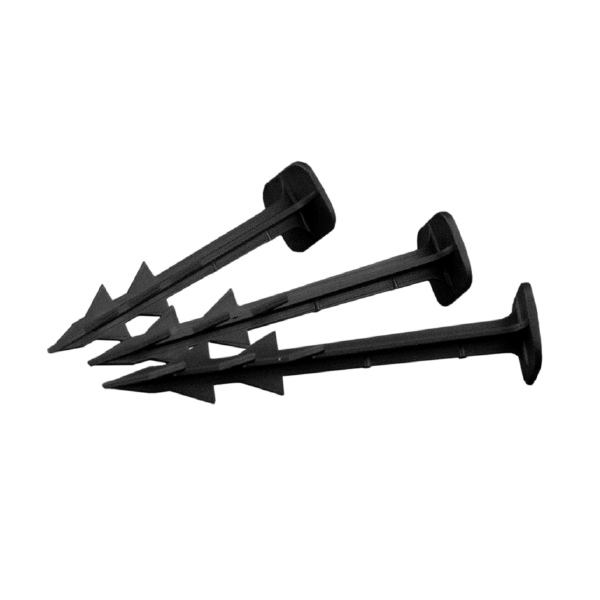Weed Membrane & Geotextiles
7 products
Showing 1 - 7 of 7 products
Weed Membrane & Geotextiles
Keep your landscaping projects clean, stable, and weed-free with our premium range of weed membranes and geotextiles. At BMD Group, we supply high-performance solutions trusted by landscapers, builders, and DIYers alike. Whether you're laying a new patio, preparing a gravel path, or stabilising soil, our geotextile fabric and weed control membrane options are engineered for durability and ease of use.
Choose from heavy-duty woven geotextiles for soil separation and load support, or non-woven membranes ideal for drainage and filtration. Our weed barrier fabrics help maintain pristine beds and borders by preventing unwanted growth while still allowing water and nutrients through. These landscaping fabrics are essential for sustainable, long-lasting outdoor spaces – perfect under gravel, decking, paving, and turf.
Backed by expert advice and fast delivery, BMD Group is your one-stop shop for weed membrane, geotextile fabric for landscaping, and everything in between. Build smarter, last longer.
FAQs
What is the difference between woven and non-woven geotextiles?
Woven geotextiles are strong and ideal for soil separation and load support. Non-woven geotextiles are more permeable, making them great for drainage and filtration applications.
Can I use weed membrane under decking or artificial grass?
Yes, weed control membrane is perfect for use under decking and artificial grass. It prevents weeds while allowing water to drain through, reducing maintenance.
Do geotextiles help with drainage?
Absolutely. Non-woven geotextiles are designed to filter and manage water flow, making them ideal for drainage trenches, soakaways, and landscaping where water control is key.
Is weed membrane suitable for flower beds?
Yes, but it's best to cut holes for your plants and cover the membrane with mulch or gravel. This keeps weeds down while allowing your plants to thrive.
How do I secure geotextile fabric in place?
Use landscape pegs or fixing pins to secure the fabric. Overlap joints by 100–300mm for maximum coverage and performance.

